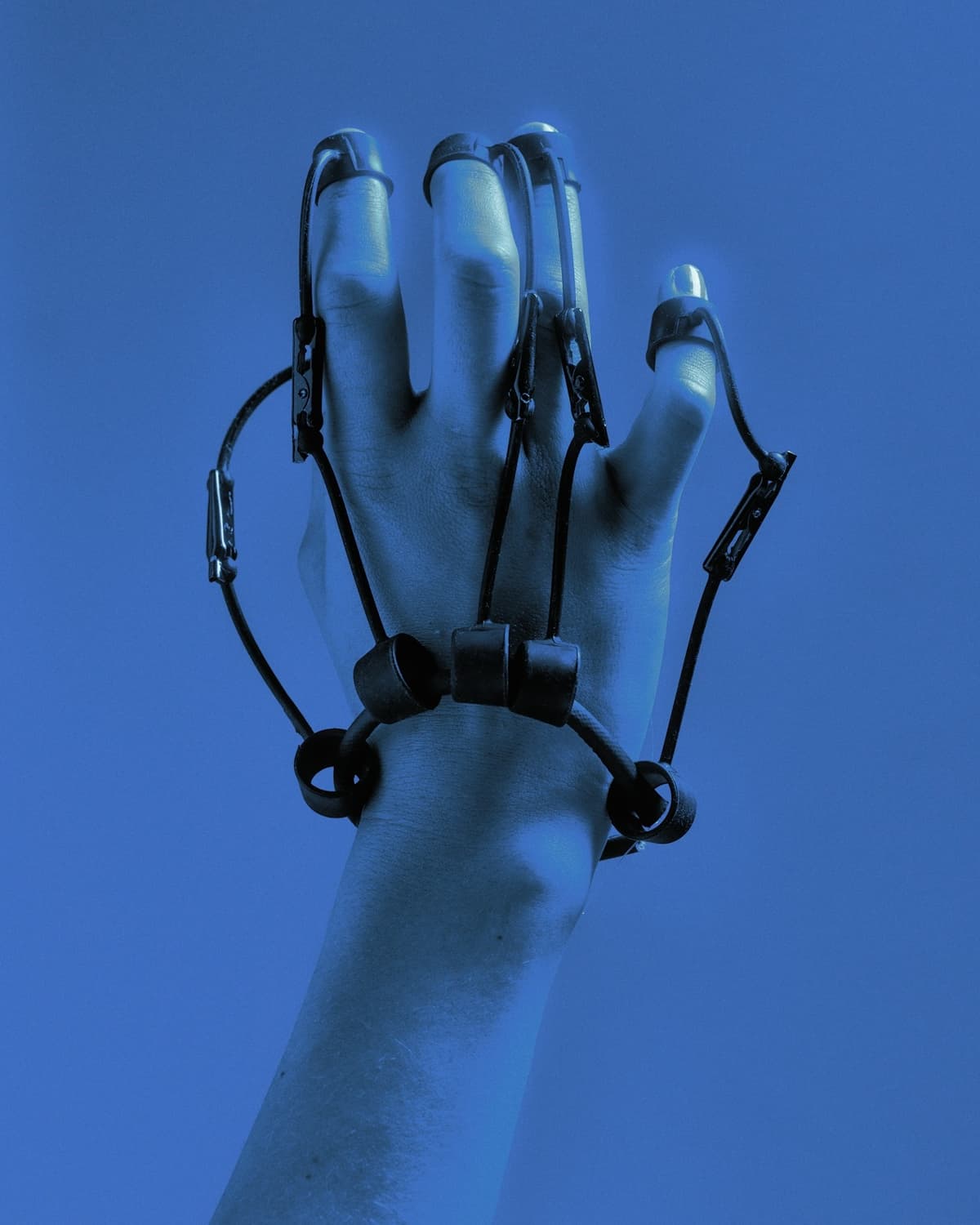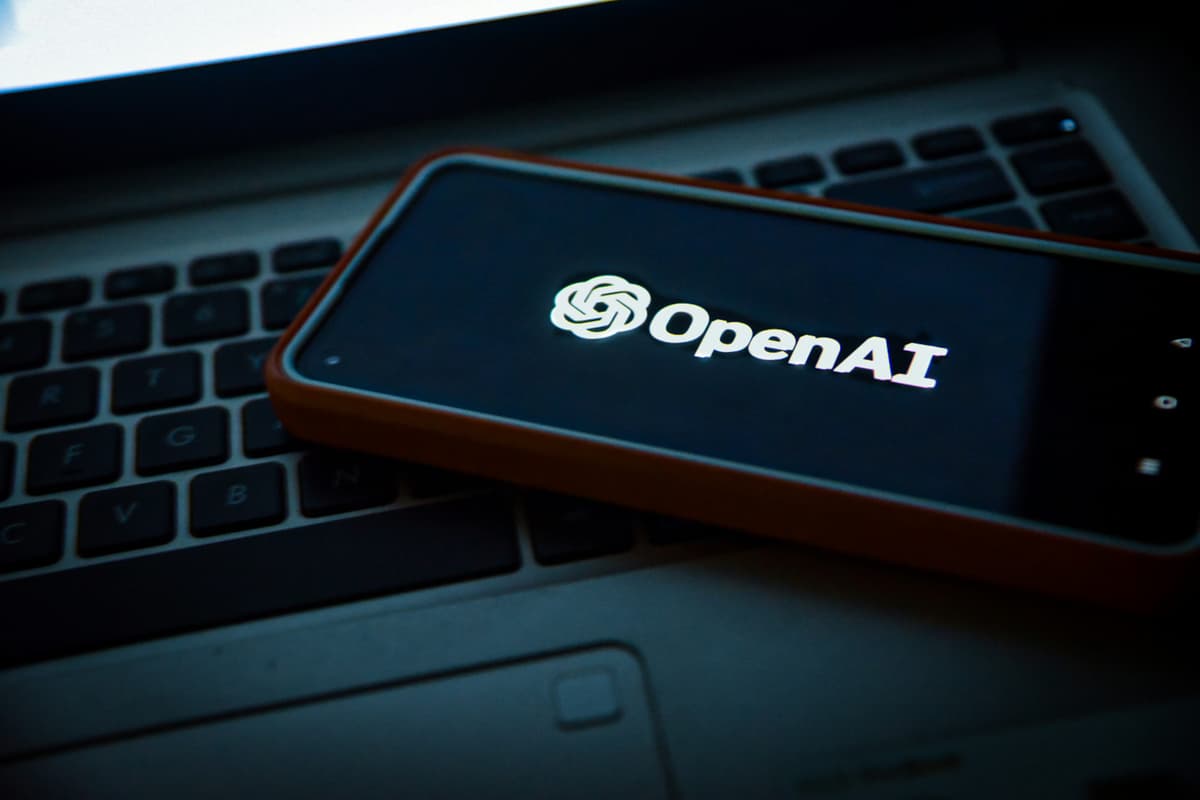Why UX Designers should consider voice technologies
For every good designer, making the web an accessible place is a priority. Throughout the years, a lot of effort has been put into creating intuitive designs, easy-to-use interfaces, and fluid experiences – and that worked pretty well so far. But since speaking is the most intuitive way to communicate, I’ll try to explain to […]

For every good designer, making the web an accessible place is a priority. Throughout the years, a lot of effort has been put into creating intuitive designs, easy-to-use interfaces, and fluid experiences – and that worked pretty well so far. But since speaking is the most intuitive way to communicate, I’ll try to explain to you why voice technologies* are going to be the future of UX design.
My colleague Lucia and I attended an event about voice search a couple of weeks ago. We wanted to understand why big companies are investing in this form of communication, and how that choice would impact on our futures. This article is a summary of what I learnt from this conference, and what I’ve learnt since.
*Voice technologies, in the context of this article, are including voice user interfaces, digital voice assistants and chatbots as a single entity. They share the same principle of a more natural interaction between humans and machine, using the power of conversation.
(estimated reading time: Less than 10 min)
Introduction to VUI
VUI, or Voice User Interface, is a type of interface that allows the user to communicate with machines by talking to them. You can picture the VUI as a wonderful concentration of many chatbots you can talk to directly (e.g. Siri, OK Google, Alexa).
Unlike your current smartphone, VUI has been designed and dedicated to this voice-oriented use. It is built with a view to having a natural human-to-human interaction, more than a human-to-machine interaction. The big advantage of VUI is that the screen has been taken off the machine. This change can sound silly or even outrageous to you, but is actually very significant.
This new type of interface is way handier because:
- It is hands-free, and gives you physically more space and flexibility to do other activities whilst talking to the VUI.
- It is eyes-free, and allows you to spend less time staring at a screen.
- It is interface-free, and doesn’t require any learning efforts from the user as they already know how to talk!
Every Voice matters
We have been taught to talk since we were kids, and we’ll continue to speak throughout our entire life. So why should we constrain ourselves in learning to communicate with the machines, when we could possibly do it the other way round?
Voice is important for many reasons:
- It gives a lot of information about how you are, how you feel…
- It is unique to each individual
- It is accessible to everyone
- It is intuitive and effortless
- It is quick and effective
A designer called Joe Sparano said: “Good design is obvious. Great design is transparent”. It is easily forgotten, but design doesn’t only come from something people can see. It can also come from something people can hear.
Let’s try this simple exercise:
You are riding a car and you want to turn right at the next street. You check that it is safe to go, and turn on the right flash to signal to the other drivers that you are turning right. You turn the steering wheel and change direction. Everything worked perfectly as expected.
Imagine now the exact same situation. But when turning the right flash on, you can’t hear the “tick” noise of the flash. You will probably expect that something is wrong with your car and will probably ask yourself a bunch of questions. Did I turn the flash on? Is the car system broken?
In that case, the sound produced by the flash has been kept on purpose and has been used as an indicator for the driver. This sound could have been removed, but it hasn’t, because it helps the driver in his journey by indicating that everything is working fine.
This choice of keeping the noise demonstrates how powerful a simple sound can be… so, imagine how big the power of your voice is?
Good VUIs come from good prototyping
If you are aiming to create your own voice tech, it would be good to start with a chatbot, as they are the bridge between the classic screen interface and the VUI. When you start building your chatbot, keep in mind that you should recreate a human-to-human conversation to keep the program intuitive. To apply this principle, there are a few techniques that you can use.
Create personas. Personas are fictional characters that have characteristics from your potential users. If you want to try creating a few, think about the user first. Will they relate themselves to the persona? Will they trust it? Do they feel comfortable talking to the machine? Does it make their life easier? Those questions are really essential because the more the user can relate to it, the more he could rely on it.
Consider the human factors and heuristics. When it comes to recreating a human conversation, undefined elements needs to be taken in consideration. Your program needs to understand the implied meanings of the questions. It needs to keep the answer simple, and to adapt itself according to the type of user he is talking to.
Have a rapid design process. A good prototype is done quickly. There are many processes on how you can prototype faster such as the RITE+KRUG or the Design Sprint. I won’t go into telling you which is the most suitable one for your needs, but the principles are similar:
- Select a various team
- Define the goals they have to achieve
- Take them to experiment the tool
- Check what is happening
- Quickly summarise the observations
- Resolve the problems and retry again.
These processes will remove the big issues the user might encounter.
Democratise the design process. As language is so diverse, the same enquiry can be ask in million different ways – so the more you get your chatbot to be tested, the more you can learn from those ‘errors’ found. These findings are opportunities for you to develop solutions and to avoid potential problems in the future.
Roleplays. Set a context and let the power of improvisation play the role. You will notice that saying your thoughts out loud can be different from what you would actually write. Running through these actions and living that moment will make you realise many situations the users will be facing.
Develop the happy path. Create the perfect scenario of a use case, and try out different paths to get there. Remind yourself that this is a prototype; keep it simple and quick. Alternative paths will naturally come later on, as you’ll keep on developing the machine.
Technology in development
After building your prototype and developed your bot, problems are still going to remain. Those are because contexts and users change from one case to another.
When people hear about Digital voice assistant, there is 99.9% of chances that they will think about the Ex-Machina robot or Jarvis from Iron man. Those examples are totally correct in context, but they are also very far from reality. In fact, we are only at the beginning of its development and expansion. Here are tricks you can apply to your program, to enhance the user experience as you are still developing your machine.
Manage the user’s expectations. As previously mentioned, we are still at a very early stage of voice techs. To make the user aware of this, you need to indicate what your VUI/chatbot can or cannot do. This will avoid any frictions and frustration from the user, as he’ll have a clear idea on the machine’s competencies.
Learn by the hard path. When designing the chatbot, the ideal scenario (cf. happy path in the ‘Good VUI’s comes from good prototyping’ part) is not always systematic. The number of alternative scenarios that the user can encounter is infinite, so if the user is getting lost, bring him back on track to the core functions of your VUI.
Do not display too much information. Voice techs should simplify human lives, so only give them the best answers you can get. If you encounter the problem of having too much information, separating your VUI into specific contexts of use can be helpful. This will set the bot a limited domain in which it can excel. Another advantage is that the user will clearly understand what the VUI/chatbot is specialised for.
Give the users time. Like in every conversation, timing makes a lot of difference. Rushing is rarely the best option. Give the user the time to think, to choose, and to choose to have more time to think.
Business profits and the future of UX
It can seem pretty hard to invest in voice techs at the moment, but this is definitely not a reason to ignore it. Many bots on the market have been proven to be reliable technologies. Yeshi, IQ, and Poncho are great examples that you can experiment. And if you are a HSBC customer, you can even try the voice recognition feature from their phone apps.
Digital voice assistants are getting more and more realistic and efficient. They are getting pretty good now, and experts consider them as part of artificial intelligence. That interest just keeps on growing, as the benefits coming out from it, when well done, are incredibly good. They are a way more accessible, engaging and funnier way to use the web. Big companies and the Internet are already embracing this change, and it would be a shame not to step into this magic.
What I can keep from this?
- The user experience approach through the web is changing. We want more accessible information, and more of a human-to-human interaction between knowledge and people.
- Chatbots are the bridges from our classical screen devices to the VUIs. They symbolise the slow transition we are having to the non-screen world we are evolving.
- To get a good machine, you need to get a good prototyping process. It will make your voice tech more intuitive and human like, easier to be used and to be adopted. As per human conversations, clarity in conversation is the key.
- The screen-free world is already building amongst us. This is now just a matter of time!
Useful resources
Thanks to the Hoxton Mix Collective for bringing and organizing “Make it so! The real state of voice technology” and for their amazing speakers, Merry Oscar, Marc Paulina, Tom Hewitson and Dean Bryen.

 Search
Search PR
PR AI
AI Social
Social














